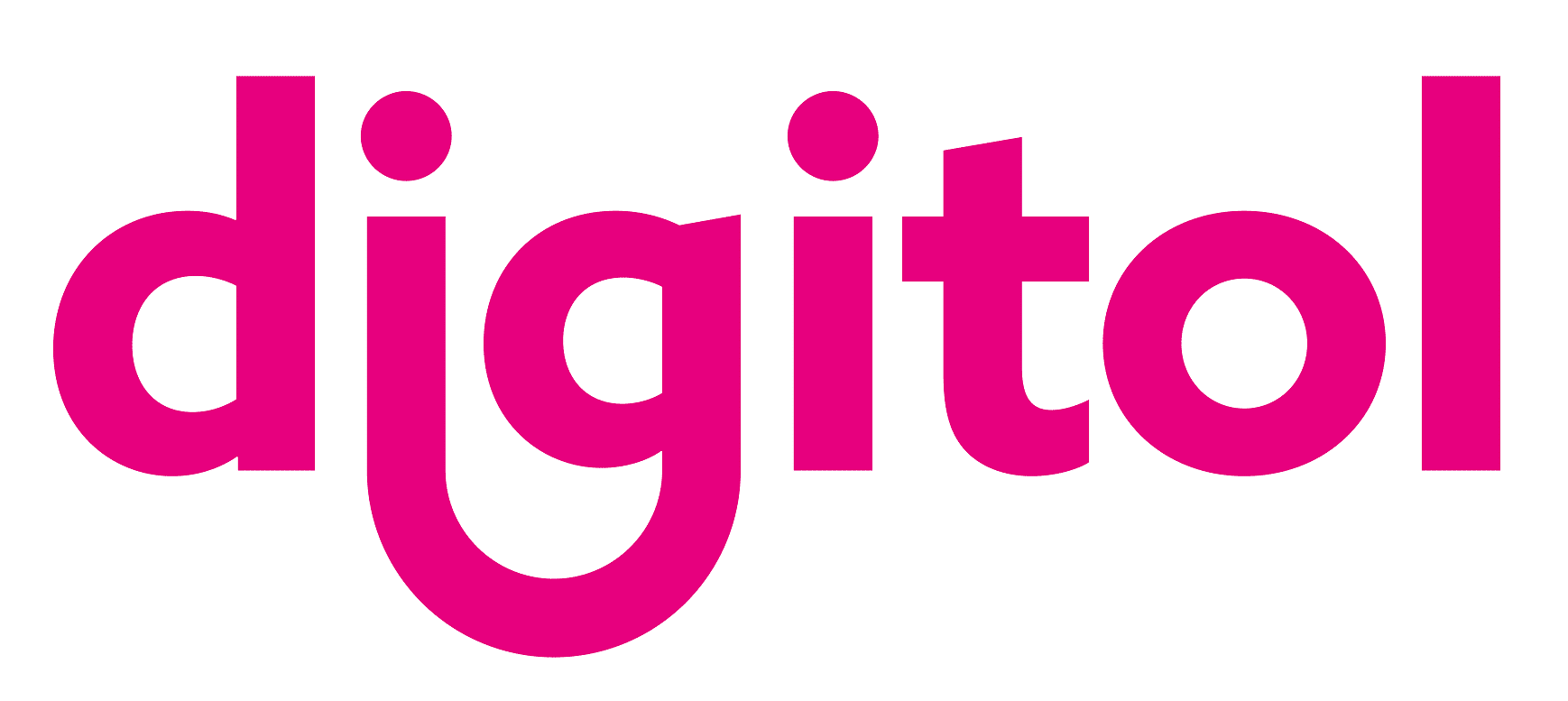
Several experts and associations have warned of the risks for people’s health and security as false information about the pandemic becomes viral.
Recognising a reliable information requires critical media literacy skills. It applies both to offline and online content but the advent of social media has made it easier than ever to share news, hence contributing to the rapid development of “fake news”. The World Health Organisation (WHO) even qualified the phenomenon of an “infodemic” of planetary proportions.
What are ‘fake news’?
They fall into three categories, Claire Wardle explains in her Definitional Toolbox about information disorder:
- misinformation, or “mistakes” is inaccurate news that can be shared with good intentions;
- disinformation, or “lies” and “hoaxes”, which are false and deliberately spread; and
- malinformation, or “gossip”, which may perhaps be correct but is intended to harm.
The rapid spread of a new form of coronavirus (the now famous, COVID-19) required governments and health agencies to regularly share updated information about the new measures to take as our understanding of the virus improves. Internet happens to be a very convenient channel for those very frequent updates.
Why should older people care?
Because they are more likely to live with one or more chronic condition, older people are among the groups at high risk of suffering severe outcomes if infected. Yet, the spread of false information is hampering the efforts to contain the pandemic. It can mislead people about how to stay safe, reduces the level of trust in the media, and tends to increase anxiety.
The COVID-19 crisis also made the existing digital gaps even more salient. In Europe, the prevalence of digital illiteracy among EU older cohorts remain strikingly lower than in any other age groups. This lower levels of digital literacy could be one of the reasons for adults aged 65+ might be more likely to share fake news on Facebook, according to US researchers Guess and Tucker say.
Beyond the threats it poses to public health, the spread of false information is also problematic as it contributes to attract visitors on websites that sell COVID-19 related products that have not been verified or that do not work. The isolation of the population has led to a new wave of scamming attempts targeting older people.
What can we do?
- Make sure you share information from reliable sources;
- If you are uncertain about the source of a news, search the internet (or any other source of information) to see if more than one reliable source is reporting about the same thing;
- Report disinformation to the social media platform where you found it (you can also talk to the person sharing it since it was probably unintentional).

For more information, see:
- COVID-19: Beware of falsified medicines from unregistered websites
- Resources listed on AGE COVID-19 webpage
- European Parliament page on how to recognise and tackle COVID-19 myths
- World Health Organisation myth buster and page on COVID-19 advice for the public
- World Health Organisation page on Infodemic Management
- European Association for the Education of Adults blog about the 6 steps to make better decisions about what we share online during COVID-19
For more information on the DIGITOL project and AGE work on fake news, visit our project webpage or contact Estelle Huchet, estelle.huchet@age-platform.eu






